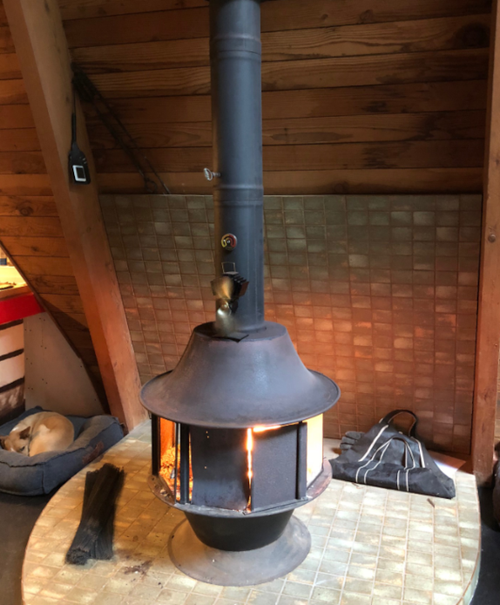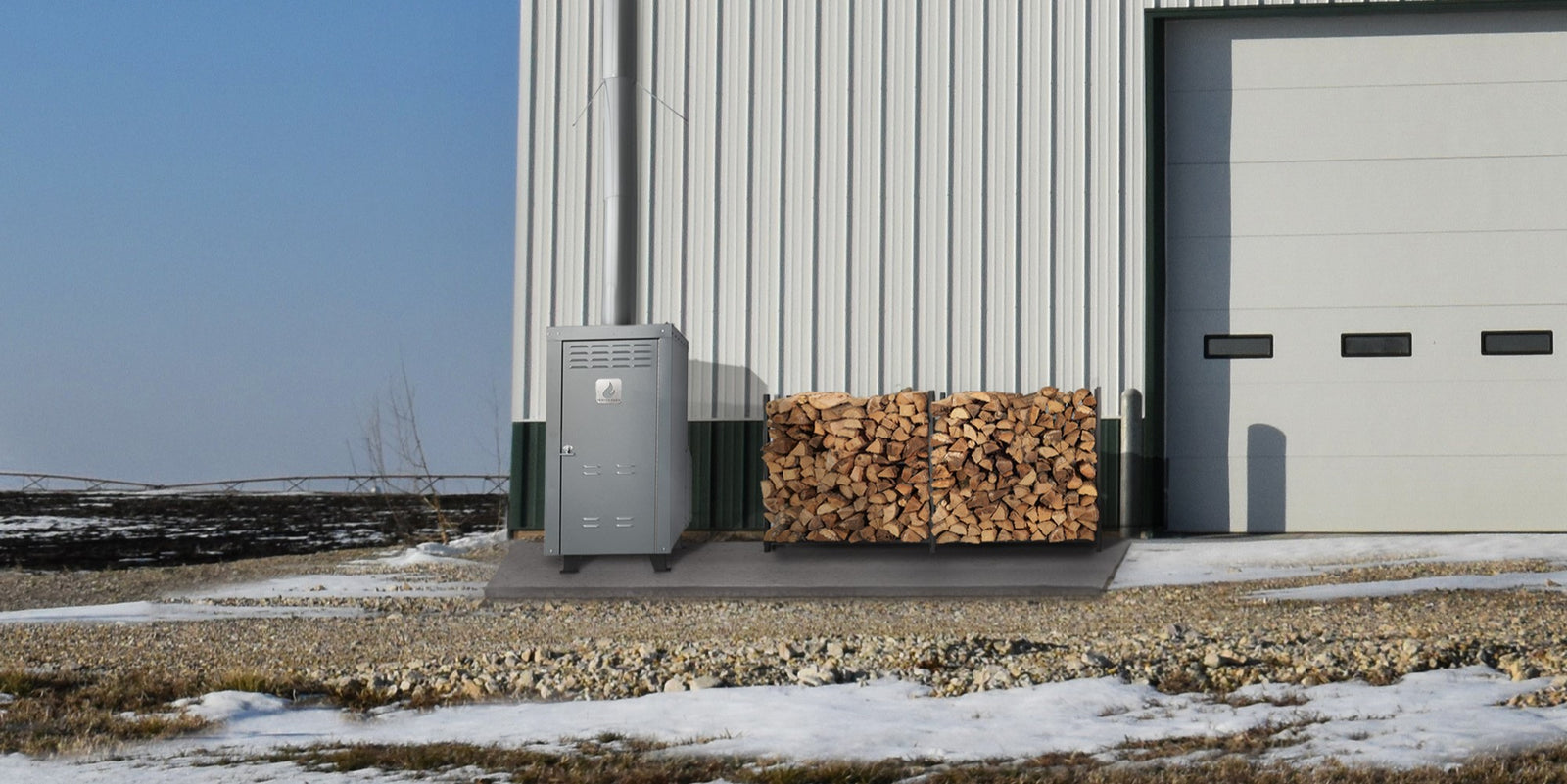Wood Stove Floor Protection
July 19, 2023

Installing a wood stove in your home can lower your heating bills, provide heat during power outages, and adds an aesthetically pleasing accent to the home. When installing a wood stove, it is very important that the stove maintains all the proper clearances from combustible material. One of the clearances that often gets ignored is the proper floor protection and floor protection type. Having the correct floor protection will prevent costly damage to the home and is as easy as adding a hearth rug or a stove board.
There are two types of floor protection: Type 1 and Type 2.
Type 1 floor protection is known as Ember Protection and Type 2 is known as Thermal Protection.
Type 1: Ember Protection
Type 1 Ember Protection is used for wood stoves that are rated without thermal protection. This means the stove manufacturer has tested the stove to be placed directly on a combustible floor. However, all stoves do require front floor protection to protect the floor from rolling logs and embers. Type 1 Ember Protection types are most often found in the form of a hearth rug. Most hearth rugs claim to be flame retardant. Type 1 Ember Protection will offer no thermal protection for a wood stove.
Type 2: Thermal Protection
Type 2 Thermal Protection is used for wood stoves that have not been tested to sit directly on a combustible floor. Thermal floor protection types are manufactured in the form of a stove board. The stove board safely allows a wood stove to sit on it. Type 2 floor protection stove boards are rated with an R-Value. The R-Value rating on the stove board must meet the R-Value requirement that is stated in the wood stove installation manual. The size of the floor protection must also be the correct size all the way around the stove per the installation manual of the stove. Each stove manufacturer states the appropriate clearance to combustible material in the installation manual. Provided the stove board is large enough, then it can usually be used as Type 1 Ember Protection as well.
Most Type 2 Thermal Protection stove boards can also be used to reduce a wood stoves clearance to a side wall. The stove board must have a 1" air space between the combustible wall and the stove board to be used to reduce clearances. Non-combustible spacers can be used to ensure there is ventilation on all four sides of the stove board. The clearance reduction can be up to 66%. However, after the reduction of listed clearances, the clearance should not be less than 12". If you're looking for a safe and economical way to reduce the clearances of a stove, a stove board is the answer.
DIY Center
(AKA ‘The Rockford Files’)
From video tutorials to product walkthroughs, we have a variety of DIY resources just for you! Click the button below to view our entire library.








